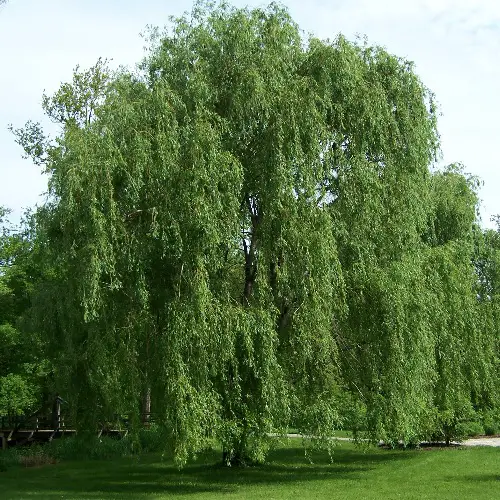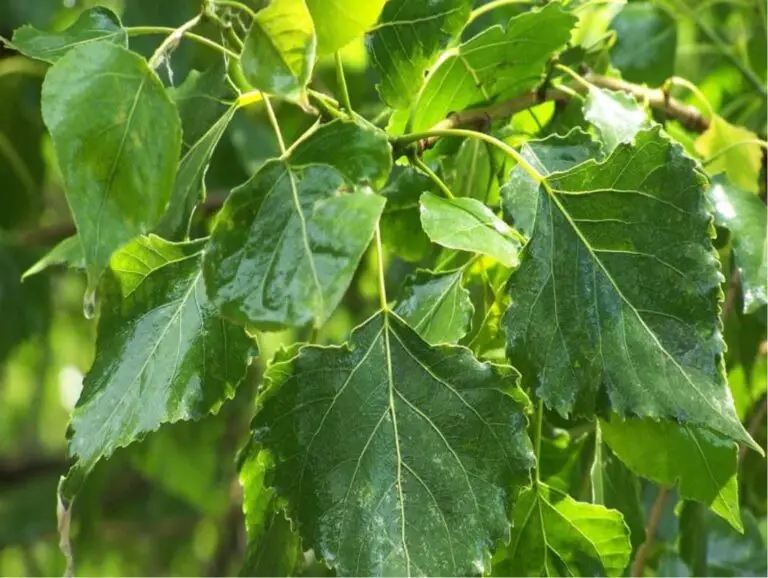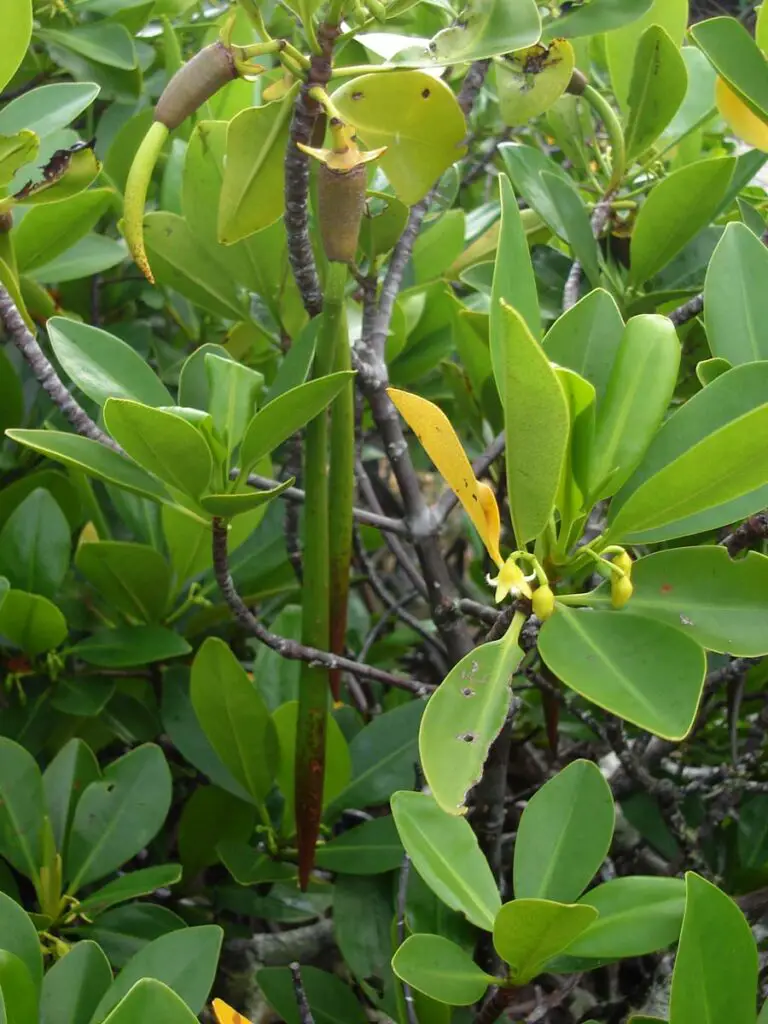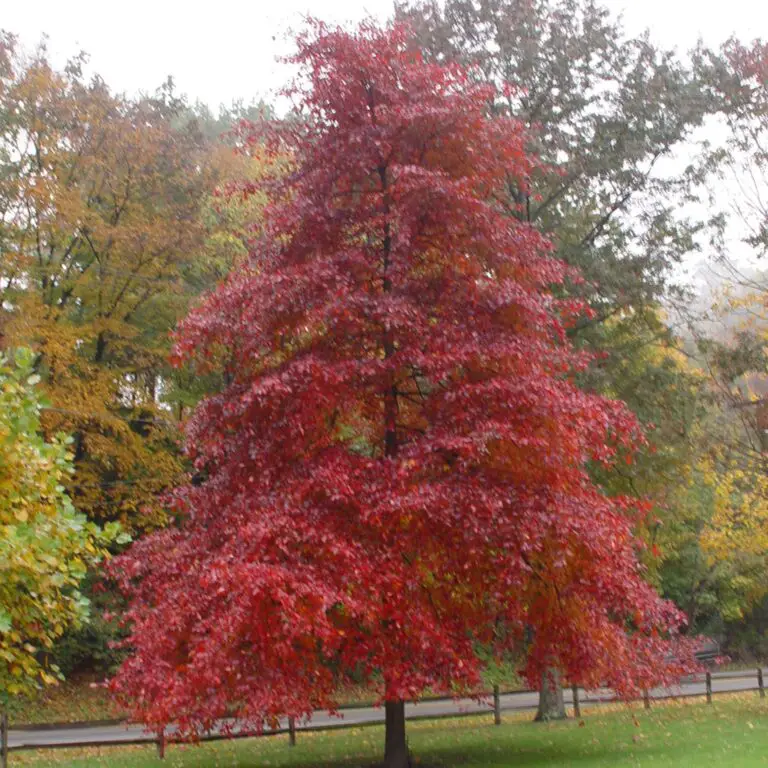Crimson Canopy: Exploring the Beauty and Benefits of Red Maple (Acer rubrum) for Gardening Enthusiasts
Gardening is as much a labor of love as it is an art form. With each tree, flower, and shrub chosen, a gardener crafts an outdoor masterpiece. If you’re a gardening enthusiast seeking to enhance your green kingdom, the red maple (Acer rubrum) stands out as a quintessential choice. This resilient native of North America offers a captivating array of benefits that extend far beyond its stunning visual appeal, making it an indispensable addition to any landscape. This comprehensive guide will walk you through the enchanting world of the red maple, revealing its unique charm and the secrets to helping it thrive. Whether you’re a seasoned green thumb or a gardening novice, you’re bound to be inspired by the venerable Crimson King.
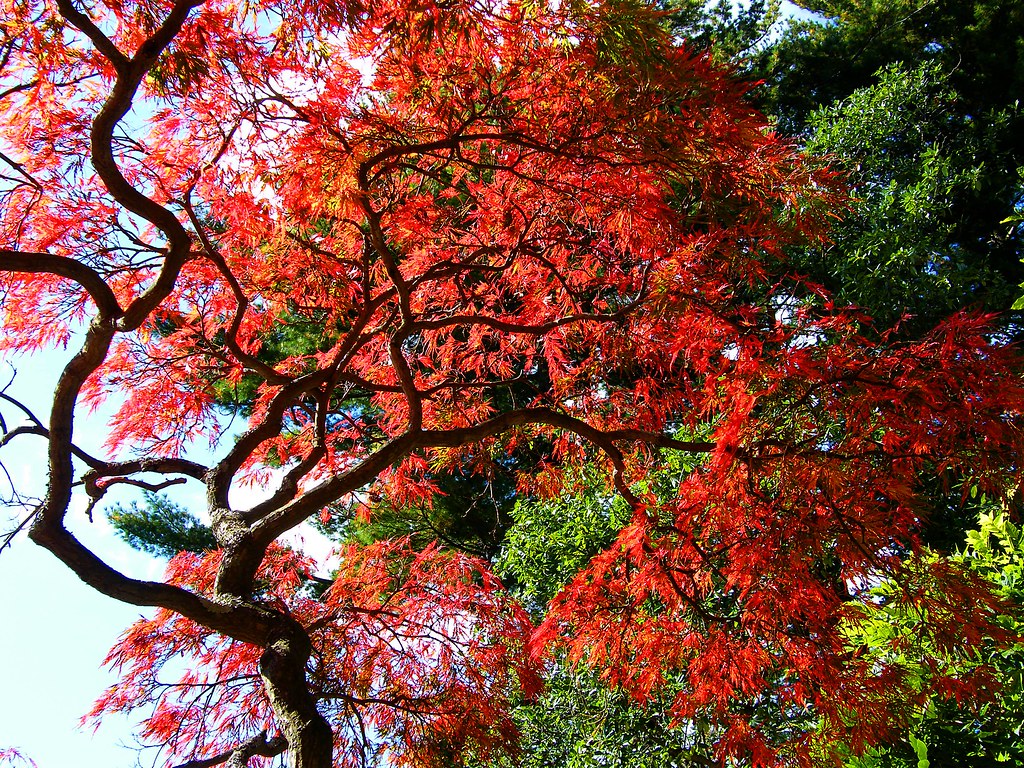
Characteristics of Red Maple
The allure of the red maple begins with its regal appearance and continues through the sublime harmonies it brings to the natural orchestra of your garden. With a mature height ranging from 40 to 60 feet and a spread of up to 40 feet, it provides an impressive presence without overpowering its surroundings. In spring, the emerging foliage unfurls in shades of red and green, offering a symphony of color that transitions into a lush, deep green canopy in summer.
Seasonal Changes and Colors
Autumn heralds the tree’s most celebrated feature, as its leaves turn fiery red, creating an unmatched spectacle that marks the changing season. This perennial drama is a signature of the red maple and a much-anticipated highlight for any gardener. The tree’s smooth gray bark provides a striking contrast to the vibrant leaves, adding to its year-round visual interest. Even in winter, the red maple retains its elegance, with its fine, delicate branching structure and persistent seeds.
Benefits of Red Maple in Gardening
It’s not just the aesthetic beauty that makes red maple an invaluable asset to your garden. This magnificent tree is a workhorse for the environment, offering a host of benefits that touch on various aspects of garden life.
Aesthetic Value in Landscaping
The red maple’s picturesque form and seasonal color changes make it a preferred choice for landscapers seeking to create dramatic focal points or soft, naturalistic settings. With the ability to adapt to both wet and dry soils, it is remarkably versatile, fitting into a wide range of garden styles and locations.
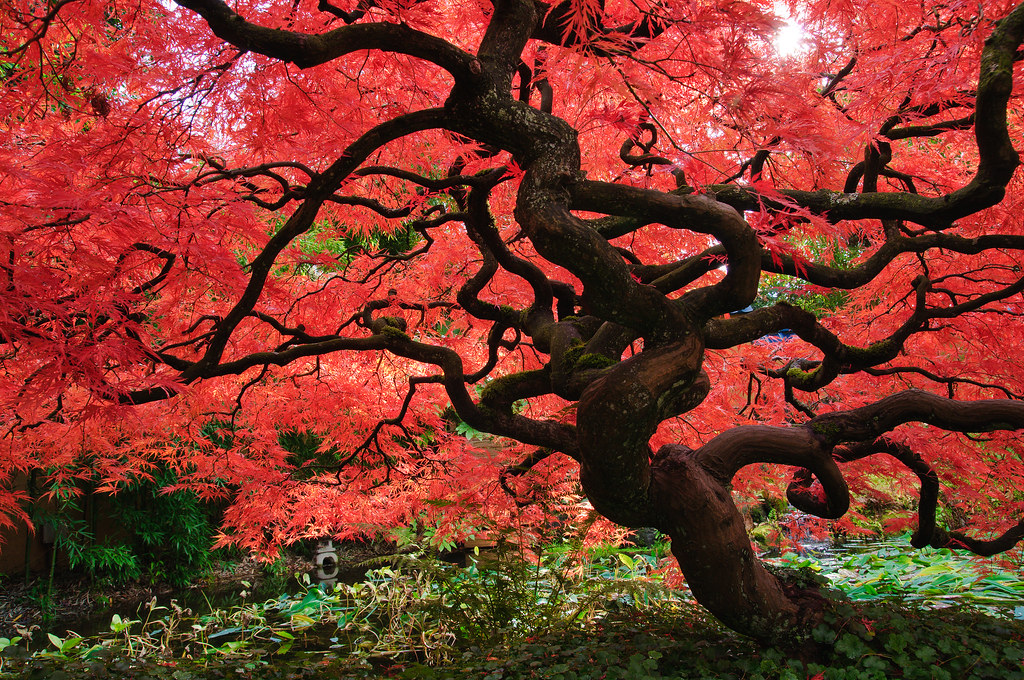
Environmental Benefits
This native tree serves as a vital component of North America’s forest ecosystems, playing a role in soil stabilization and water conservation. Its dense, fibrous root system helps prevent soil erosion, while its large, textured leaves provide an excellent medium for capturing and retaining moisture. Red maples are also recognized for their tolerance to urban conditions, making them an ideal candidate for greening city landscapes.
Wildlife Attraction
The red maple is a boon to wildlife, attracting a myriad of creatures with its bountiful gifts. The tree’s springtime flowers provide nectar for pollinators, its early seed production feeds birds, and its dense canopy offers shelter to a wide variety of species. From chipmunks to warblers, the red maple invites a living tapestry of life into your garden, fostering ecological diversity with its presence.
Cultivation Tips
Now that you are convinced of the merits of the red maple, you may wonder how to bring this arboreal ambassador into your garden successfully. Cultivating a red maple is a rewarding endeavor that requires attention to a few key details.
Growing Conditions
Red maples thrive in a range of growing conditions, although they have a preference for moist, slightly acidic soils. When selecting a location, consider the mature size of the tree and the need for ample space to accommodate its spreading limbs. The site should receive at least partial sun, as the red maple is not a shade-loving plant. Be aware that the roots of this tree can be invasive, so place it a safe distance from structures and other plants.
Maintenance and Care
Once established, the red maple is relatively low-maintenance. Regular watering during dry spells in the first few years after planting will aid in its establishment. Prune the tree as needed to maintain its shape and remove dead or damaged branches. Fertilize sparingly, if at all, as excessive nutrients can lead to weak growth and susceptibility to pests and diseases.
Conclusion
The enduring magic of the red maple lies in its ability to captivate us with its beauty while serving as a pillar of support to the natural world. It’s a tree that embodies the true spirit of gardening—a harmonious partnership with nature that benefits both our souls and the environment. Whether it’s for the breathtaking autumn displays, the support of local ecosystems, or the simple joy of attracting wildlife, including Acer rubrum in your gardening repertoire is a decision you won’t regret. In planting a red maple, you’re not just adding a tree to your garden; you’re contributing to the grand mosaic of life on our planet.

